Alaska is undeniably vast, with a land area of 663,267 square miles (1,717,854 km²), making it the largest state in the U.S. But how does it measure up when compared to other parts of the world and the United States? Let us explore some surprising comparisons.
Alaska’s Size in Numbers
To truly understand the enormity, let us start with some hard facts and figures.
- Land Area: It spans an astounding 663,300 square miles, making it the largest state in the U.S.
- Water Coverage: About 94,743 square miles of its area is water, accounting for approximately 14% of the total size.
- Population Density: Despite its vastness, this region is sparsely populated, with only about 1.3 people per square mile compared to the U.S. average of 94 people per square mile.
How Does Alaska Compare to Other U.S. States?
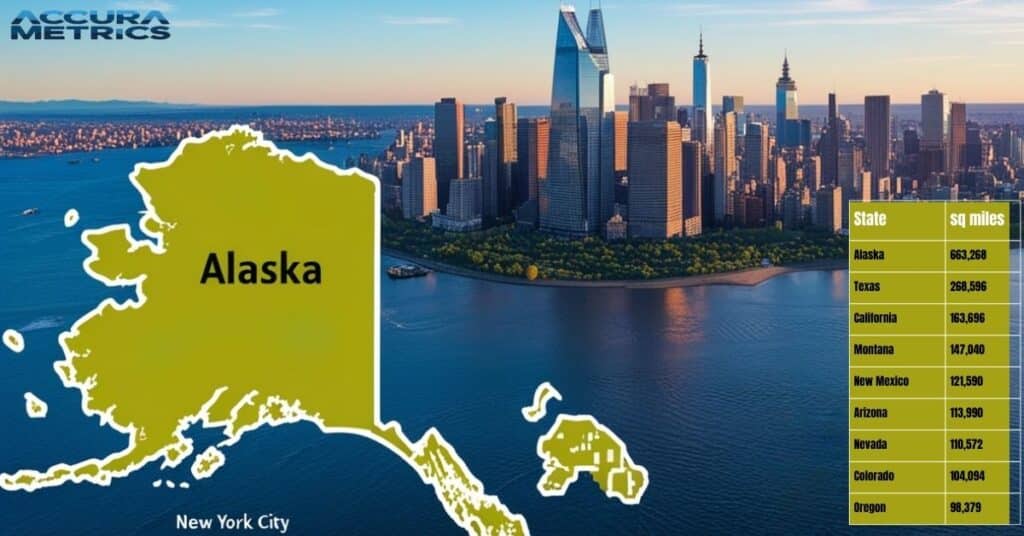
When compared to the 48 contiguous states, Alaska is twice the size of Texas, the second largest state in the U.S. Texas spans around 268,596 square miles, while the size is nearly three times that of California (163,696 square miles).
To put it in perspective, Alaska could fit the entire U.S. East Coast (from Maine to Florida) comfortably within its borders.
| State | Size (sq. miles) | Comparison to Alaska |
| Texas | 268,596 | 2.5 times larger than Texas |
| California | 163,696 | 4 times larger than California |
| Montana | 147,040 | 4.5 times larger than Montana |
| New Mexico | 121,590 | 5.5 times larger New Mexico |
| Arizona | 113,990 | Nearly 6 times larger than Arizona |
| Nevada | 110,572 | Over 6 times larger than Nevada |
| Colorado | 104,094 | About 6.5 times larger than Colorada |
| Oregon | 98,379 | Nearly 7 times larger than Oregon |
| Florida | 65,758 | Over 10 times larger than Florida |
| New York | 54,556 | 12 times larger than New York |
| Rhode Island | 1,214 | Over 546 times larger than Rhode Island |
If Alaska Were a Country
- If Alaska were a country, it would rank 18th in the world by size, just behind Libya and ahead of Iran.
- It is roughly 1.6 times the size of France and about as large as Indonesia’s largest island, Sumatra.
Alaska vs. the World’s Largest Cities:
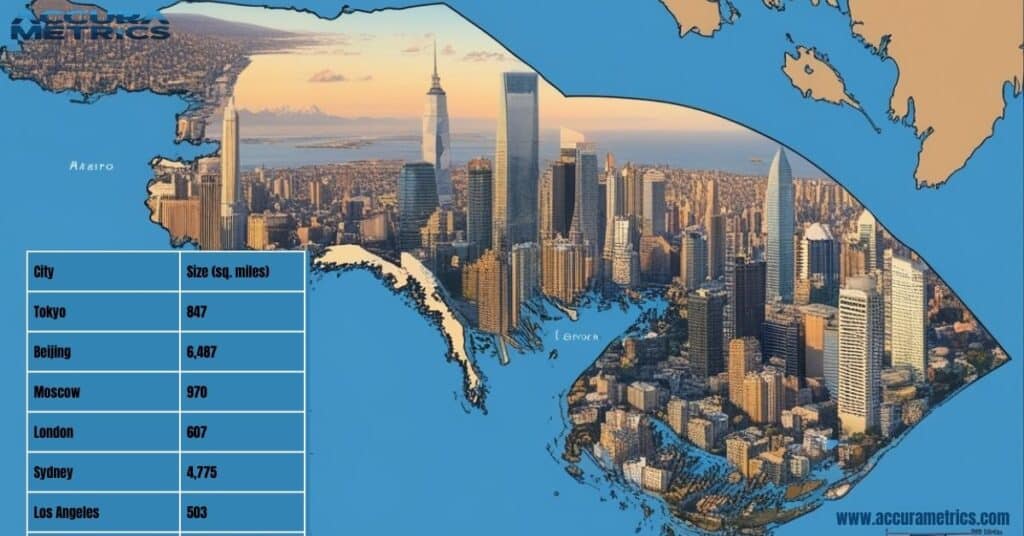
To further understand the immensity of Alaska, it is interesting to compare its size with some of the largest cities in the world. While cities typically refer to densely populated urban areas, Alaska’s vast wilderness and low population density make for a stark contrast.
| City | Size (sq. miles) | Comparison to Alaska |
| Alaska | 663,267 | – |
| Tokyo | 847.14 | 783 times larger than Tokyo |
| Beijing | 6,487.2 | 102 times larger than Beijing |
| London | 607.0 | 1,095 times larger than London |
| Sydney | 4,775 | 139 times larger than Sydney |
| São Paulo | 1,521.1 | 436 times larger than Sao Paulo |
| Cairo | 606.0 | 1,095 times larger than Cario |
What These Comparisons Tell Us
- New York City, one of the busiest cities in the world, would be a mere dot when compared to Alaska. With its 302.6 square miles, Alaska’s 663,267 square miles make it more than 2,100 times larger.
- Tokyo, Japan’s capital and one of the most populous cities globally, is also vastly smaller than Alaska. It would fit into Alaska 783 times.
- Moscow, the capital of Russia, has a land area of about 970 square miles, making it 684 times smaller than Alaska.
- Even large cities like London, Los Angeles, and Mexico City are dwarfed by Alaska’s size. For example, Los Angeles is 1,318 times smaller than Alaska.
Read Intrested Fects “Swimming Pool Dimensions: Everything You Need to Know About”
Geographic Comparisons
Alaska’s vastness becomes even more striking when you compare it geographically.
U.S. Region Overlay
If you overlaid Alaska on a map of the continental United States, it would stretch from Florida to California. This massive footprint highlights just how much space this state occupies.
Country Comparisons
To put it in perspective:
- Libya, one of the largest countries in Africa, is just slightly smaller than Alaska.
- Germany, which is a major European power, would fit into Alaska about five times over.
Alaska vs. Continents
While Alaska is just a fraction of Australia, it covers about 20% of Europe’s landmass.
Alaska vs. Famous Landmarks and Cities
National Parks
Alaska is home to some of the most expensive national parks in the U.S. For instance:
- Denali National Park covers 6 million acres, which is larger than the state of New Hampshire.
- Wrangell St. Elias National Park spans a staggering 13.2 million acres, making it the largest national park in the country.
Cities
When comparing Anchorage, Alaska’s largest city, to other metropolitan areas:
- Anchorage spans about 1,961 square miles, significantly larger than New York City’s 302.6 square miles.
- Yet, Anchorage’s population is only around 300,000, making it feel spacious and uncrowded.
Rivers and Lakes
- The Yukon River runs for about 1,980 miles, making it one of the longest rivers in North America.
- Alaska’s Lake Iliamna, covering about 1,012 square miles, is as large as the state of Rhode Island.
Surprising Facts About Alaska’s Scale

Coastline Length
Alaska boasts the longest coastline in the United States, stretching over 33,904 miles, that is longer than the coastlines of all other U.S. states combined!
Time Zones
Despite its immense size spanning four time zones, Alaska operates under a single zone: Alaska Time.
Population Density
With such a sparse population, large portions of Alaska remain untouched wilderness. This low density emphasizes the scale of the state’s natural beauty.
Visual Comparisons for Perspective
Sometimes, visualizing Alaska’s size can make its scale more relatable.
Maps and Overlays
- When overlaid on a map of Europe, Alaska covers much of Scandinavia, Germany, and part of Eastern Europe.
- On a map of the U.S., Alaska could cover most states west of the Mississippi River.
Transportation Comparisons
- Driving from one end of Alaska to another could take over 16 hours, covering nearly 1,100 miles.
- By comparison, driving from Chicago to New York City is shorter at about 790 miles.
Read Amazing About “Joe Rogan House Dimensions: Amazing Facts You Should Know”
Unique Features that Highlight Alaska’s Size
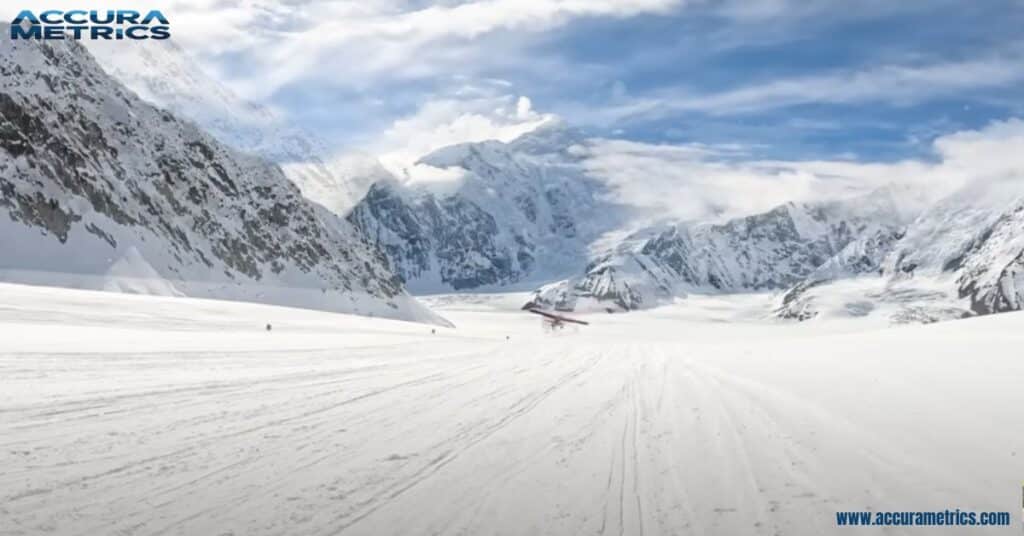
Tallest Mountain in North America
Denali, formerly known as Mount McKinley, rises to 20,310 feet, making it the tallest peak in North America. It is so massive that it creates its own weather systems!
Glaciers
- Alaska is home to about 100,000 glaciers, covering approximately 5% of the state.
- Some glaciers, like the Bering Glacier, span over 2,250 square miles.
Hilly Terrain in Alaska
Known for its stunning and diverse landscapes, this region boasts vast stretches of mountainous and hilly terrain. These hilly areas, scattered throughout, offer a variety of geographical features that contribute to its rugged beauty.
Notable Hilly Regions in Alaska
Alaska’s hilly terrain is mostly located in the southern part of the state, with the coastal mountains and interior ranges standing out. Here are a few key hilly regions within Alaska:
- Chugach Mountains: Located near Anchorage, the Chugach Mountains rise sharply and are known for their dramatic cliffs and rugged peaks. This region is famous for outdoor activities such as hiking, skiing, and mountaineering.
- Kenai Mountains: Situated along the Kenai Peninsula, these mountains are known for their beautiful valleys, rivers, and deep canyons. The Kenai Mountains are part of the larger Pacific Coast Ranges, contributing to the state’s mountainous backdrop.
- Brooks Range: The Brooks Range, which runs across northern Alaska, is the northernmost major mountain range in North America. It is known for its steep and rocky hills, especially in areas like Gates of the Arctic National Park.
- Aleutian Islands: The Aleutian Islands, a chain of volcanic islands stretching off the southern coast of Alaska, are characterized by hilly terrain. The island chain is dotted with volcanic peaks and rugged, steep hills that rise from the ocean.
Comparison of Hilly Areas in Alaska and Worldwide
To better understand the scale and nature of Alaska’s hilly terrain, let us compare it to other well known hilly regions around the world.
| Region | Location | Key Features | Comparison to Alaska |
| Chugach Mountains | Alaska (Southcentral) | Steep cliffs, rugged peaks, and outdoor activities like skiing | Comparable to the Appalachian Mountains in the U.S., but much more rugged and snow covered |
| Kenai Mountains | Alaska (Kenai Peninsula) | Glacial valleys, rivers, and canyons | Smaller in size than the Rocky Mountains but with more dramatic slopes and closer proximity to the ocean |
| Brooks Range | Alaska (Northern Interior) | Rocky, steep hills, and remote wilderness areas | Roughly similar to the Scottish Highlands but larger and more isolated |
| Aleutian Islands | Alaska (Southern Coast) | Volcanic peaks, steep coastal hills | Comparable to the Faroe Islands or Iceland in terms of volcanic hilly terrain but much more extensive |
Why Alaska’s Hilly Terrain is Unique
Alaska’s hilly and mountainous regions are unique not only due to their size but also because of their challenging, often harsh environments. The combination of volcanic activity, glaciation, and tectonic uplift has created an ever changing landscape, unlike many other hilly areas around the world.
Whether it is the wind swept slopes of the Aleutian Islands or the remote hills of the Brooks Range, Alaska’s hilly areas offer incredible natural beauty and adventure.
Read Further “Mike Tyson’s Home Dimensions: Size, Space, and Design”
Beaches in Alaska
Alaska may be known for its rugged mountains, icy landscapes, and wild terrain, but it also boasts a stunning coastline with some incredible beaches. These beaches may not offer the typical tropical paradise vibe, but they are unique and beautiful in their own way, featuring pristine shores, wildlife, and dramatic coastal views.
Notable Beaches in Alaska
Its beaches are as diverse as its geography. From secluded coves to wide sandy shores, the state’s coastline is home to some of the most stunning beaches you will find anywhere.
- Kachemak Bay State Park: Located in the Kenai Peninsula, this area features sandy beaches that are perfect for kayaking, hiking, and exploring. The view of the surrounding mountains and glaciers is breathtaking.
- Halibut Point State Recreation Site: Situated in Homer, this beach offers spectacular views of Kachemak Bay and is a favorite for wildlife watchers, with opportunities to spot seals, otters, and birds.
- Baranof Island: Known for its wild beauty, the beaches on Baranof Island provide a quiet retreat for those looking for peace and solitude. The beaches here are made up of gravel and sand, often bordered by thick coastal forests.
- Ninilchik Beach: This beach on the Kenai Peninsula is a favorite for fishing, particularly for halibut. The wide beach stretches along the Cook Inlet and provides panoramic views of nearby volcanoes.
- Cannon Beach: Located on the Seward Peninsula, this beach is famous for its dark, rocky shores and the stunning backdrop of Mount Augustine. It’s a great spot for exploring tide pools and enjoying the coastal scenery.
Comparison of Beaches in Alaska and Worldwide
Alaska’s beaches may not be tropical, but they offer stunning views, incredible wildlife, and a sense of seclusion not found in more heavily trafficked beach destinations.
| Beach | Location | Key Features | Comparison to Other Global Beaches |
| Kachemak Bay | Alaska (Kenai Peninsula) | Glacial views, calm waters, sandy beaches | Similar to the remote beaches of Iceland or Norway, but with a warmer, more sheltered setting |
| Halibut Point | Alaska (Homer) | Wildlife watching, stunning coastal scenery | Similar to beaches in the Pacific Northwest (USA), but more isolated |
| Baranof Island | Alaska (Southeast) | Secluded, surrounded by forests, quiet | Comparable to remote beaches of New Zealand or Australia’s Tasmania but with more rugged landscapes |
| Ninilchik Beach | Alaska (Kenai Peninsula) | Long sandy shores, excellent for fishing | Similar to the rocky beaches of the UK, but with a much more dramatic coastal landscape |
| Cannon Beach | Alaska (Seward Peninsula) | Rocky shores, volcanic views, wildlife | Reminiscent of rugged beaches in the Pacific Northwest (USA) but with a harsher, more dramatic environment |
Why Alaska’s Beaches Are Unique
Alaska’s beaches are unique not only because of their isolation but also due to their dramatic natural beauty. With fewer people around, visitors can experience pristine shores, the chance to spot wildlife, and the feeling of being on the edge of the world. The cold, clear waters are ideal for those who enjoy adventure and solitude.
Whether it is watching the sunset over the glaciers or seeing sea otters play in the surf, Alaska’s beaches offer something truly special.
Top Universities in Alaska
Alaska is home to a number of universities and institutions that offer high quality education. While the state is geographically distant from the mainland U.S., its universities provide students with unique educational experiences that combine rigorous academics with an appreciation for the state’s distinctive environment and culture.
University of Alaska Fairbanks

The University of Alaska Fairbanks is the flagship institution in the University of Alaska system and is known for its strong emphasis on research, particularly in areas related to the Arctic, climate change, and indigenous studies. UAF is one of the most recognized universities in the state, offering a variety of undergraduate, graduate, and professional programs.
- Location: Fairbanks, Alaska
- Specialties: Arctic studies, geology, engineering, and indigenous languages
- Notable Programs: Polar research, aerospace engineering, renewable energy, environmental science
University of Alaska Anchorage
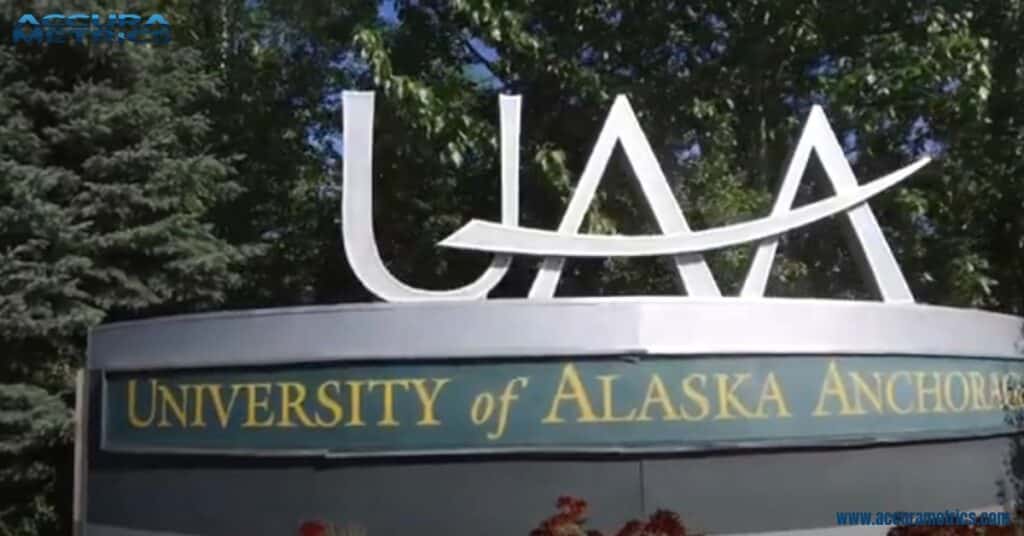
The University of Alaska Anchorage serves as a comprehensive public institution offering a wide range of undergraduate and graduate degrees. UAA is known for its diverse student body and strong community involvement, particularly in the fields of healthcare, business, and education.
- Location: Anchorage, Alaska
- Specialties: Health sciences, business, education, and engineering
- Notable Programs: Nursing, business administration, social work, and applied technologies
University of Alaska Southeast
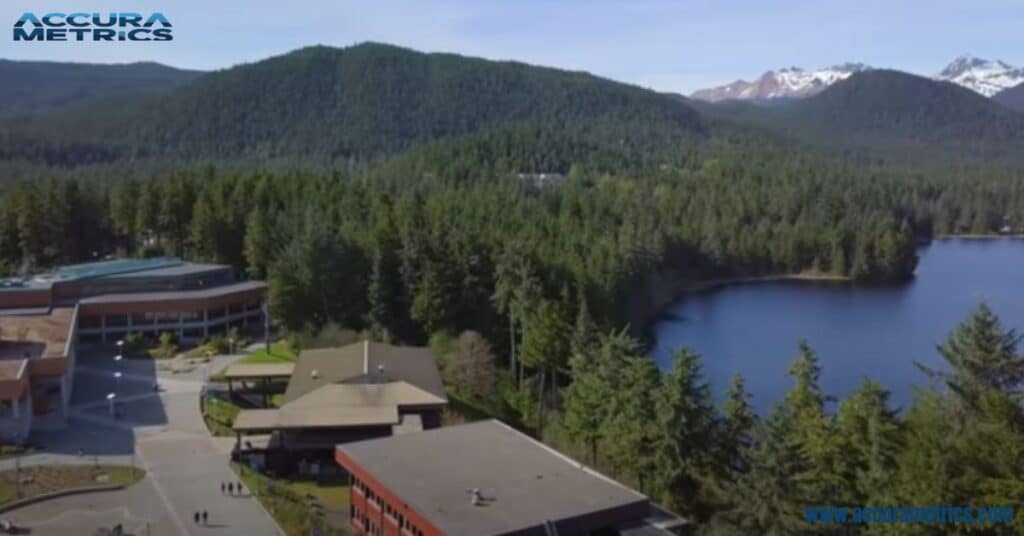
The University of Alaska Southeast offers a personalized learning experience, focusing on student success and community engagement. UAS is known for its strong programs in environmental science, public administration, and marine biology, reflecting Alaska’s natural resources and environmental needs.
- Location: Juneau, Alaska
- Specialties: Environmental science, marine biology, public administration
- Notable Programs: Marine biology, outdoor studies, public policy, and fisheries
Alaska Pacific University

Alaska Pacific University is a private liberal arts university offering an intimate learning environment. With smaller class sizes, students receive more personalized attention from faculty. APU is particularly known for its outdoor programs, health sciences, and sustainability focused education.
- Location: Anchorage, Alaska
- Specialties: Outdoor studies, health sciences, and sustainability
- Notable Programs: Outdoor leadership, counseling psychology, and sustainability studies
Read Intrested Fects About “How Many Ounces in a Gallon? Your Easy Measurement Guide”
Comparison of Top Universities in Alaska
| University | Location | Notable Specialties | Programs of Distinction |
| University of Alaska Fairbanks (UAF) | Fairbanks, AK | Arctic studies, engineering, research | Polar research, renewable energy, aerospace engineering |
| University of Alaska Anchorage (UAA) | Anchorage, AK | Healthcare, business, education | Nursing, business administration, applied technologies |
| University of Alaska Southeast (UAS) | Juneau, AK | Marine biology, environmental science | Marine biology, outdoor studies, public policy |
| Alaska Pacific University (APU) | Anchorage, AK | Outdoor studies, sustainability, health sciences | Outdoor leadership, sustainability studies, counseling psychology |
Why Study in Alaska’s Universities?
Studying in Alaska offers a unique blend of academic excellence, access to unparalleled natural beauty, and the opportunity to explore a region that is rich in culture and history. With programs tailored to the unique challenges and opportunities of the Alaskan environment, students can expect an education that blends practical experience with academic theory.
Whether you are interested in polar research, marine biology, or indigenous studies, Alaska’s universities provide opportunities to engage with cutting edge research and hands on learning experiences.
Alaska’s Impact on Culture and Economy
Natural Resources
- Alaska accounts for a significant portion of the U.S.’s oil production, particularly from the Prudhoe Bay Oil Field.
- The fishing industry thrives thanks to its vast coastal waters, contributing billions to the economy annually.
Tourism
Its immense size and natural beauty attract millions of visitors yearly, with tourists eager to explore:
- Denali National Park
- Glacier Bay
- The Inside Passage
Wildlife Habitats
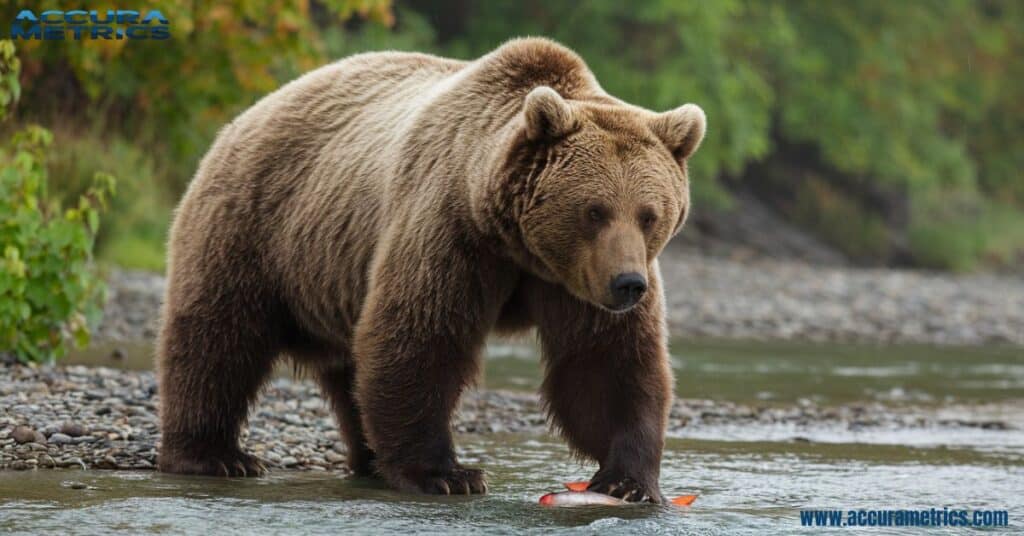
The state’s size provides a home to diverse species, from grizzly bears and moose to bald eagles and humpback whales.
Alaska’s Size in Daily Life
Challenges of Travel and Connectivity
- With limited road systems, many communities rely on aircraft or boats for transportation.
- The Marine Highway System connects remote areas via ferry.
Living in Remote Areas
Adapting to the vastness means embracing isolation and rugged conditions, with residents often relying on ingenuity and community for survival.
Travel Times Around the City
Traveling in Alaska can be an adventure of its own, given its expansive terrain and relatively remote locations. Different modes of transportation help make it possible to traverse the state, even in places where traditional roadways do not exist.
By Air
Alaska is vast, and flying is often the quickest way to travel between its major cities. For example, a flight from Anchorage to Fairbanks takes around 1.5 hours. Here is a comparison of air travel times between key cities:
| Route | Flight Duration |
| Anchorage to Fairbanks | 1.5 hours |
| Anchorage to Juneau | 1 hour 10 minutes |
| Anchorage to Ketchikan | 1 hour 30 minutes |
| Anchorage to Barrow (Utqiaġvik) | 1 hour 45 minutes |
By Train
Train travel offers a scenic and leisurely way to see the Alaskan landscape, though it takes longer than flying. The Alaska Railroad connects major cities, and the journey from Anchorage to Fairbanks, for example, takes around 8 hours.
| Route | Train Duration |
| Anchorage to Fairbanks | 8 hours |
| Anchorage to Denali National Park | 7 hours |
By Car
Driving around Alaska is a unique experience, but it can take a long time due to the distances between cities. The road system is well developed, but not every remote town is accessible by road.
| Route | Car Travel Duration |
| Anchorage to Fairbanks | 6.5 hours |
| Anchorage to Denali National Park | 5 hours |
| Anchorage to Seward | 2.5 hours |
Read More “What Is Land Measurement? And How to Measure It”
Top Hotels in Alaska
There is a range of hotels catering to different types of travelers, whether you are looking for a luxury experience or a more rustic, nature focused stay. Here are some of the top hotels in the state:
Spenard Builders Supply Lodge
Located in Anchorage, this charming lodge is a perfect family friendly destination, offering easy access to various outdoor activities and adventure spots in the region.
| Hotel Name | Location | Notable Features |
| Spenard Builders Supply Lodge | Anchorage | Family oriented, outdoor activities |
Hotel Alyeska
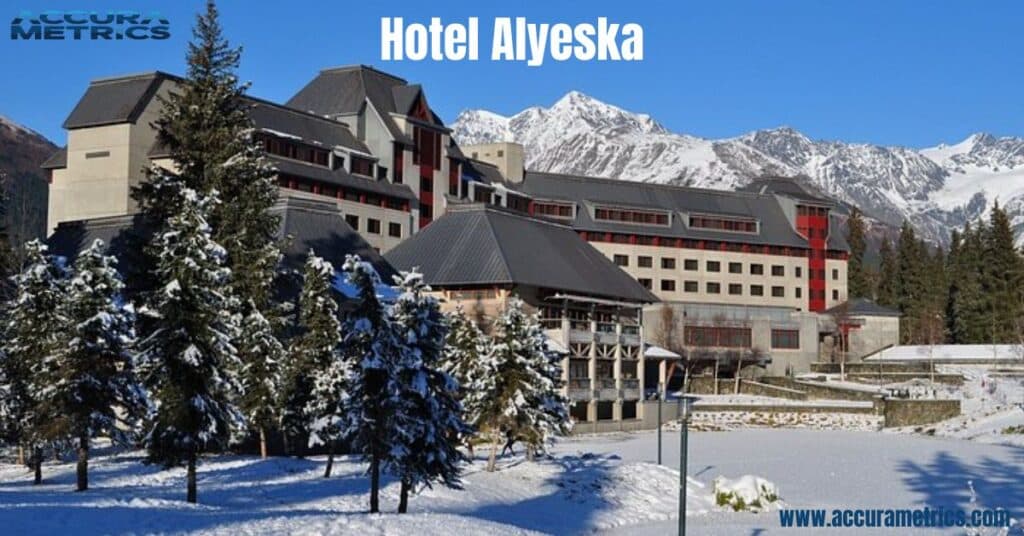
A luxurious resort located in Girdwood, Hotel Alyeska is known for its upscale amenities and beautiful mountain views. It is particularly popular during ski season.
| Hotel Name | Location | Notable Features |
| Hotel Alyeska | Girdwood | Ski resort, mountain views |
The Edgewater Hotel
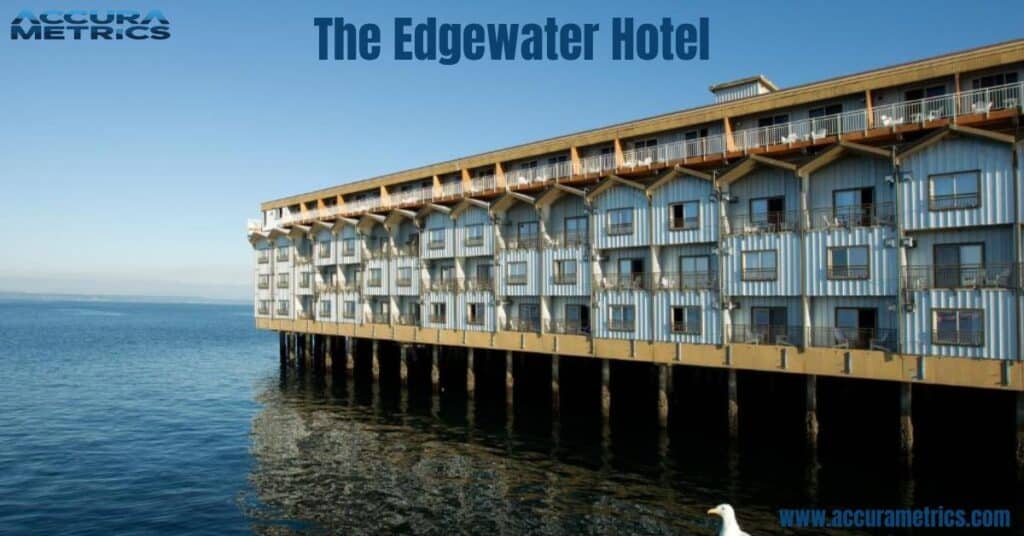
Situated in downtown Anchorage, The Edgewater Hotel is perfect for travelers who want to enjoy both urban attractions and breathtaking views of the water front.
| Hotel Name | Location | Notable Features |
| The Edgewater Hotel | Anchorage | Water front views, downtown location |
Top Health Systems in Alaska
Alaska’s healthcare system is unique, catering to a population spread across vast rural areas and urban centers. Here’s an overview of its top systems.
Providence Alaska Medical Center
Providence Alaska is the state’s largest medical center and provides a wide range of services, including specialized care for oncology, cardiology, and women’s health.
| Health System Name | Location | Specialties |
| Providence Alaska Medical Center | Anchorage | Cancer care, cardiology, women’s health |
Alaska Regional Hospital
This hospital, also based in Anchorage, provides a comprehensive array of services, with a strong emphasis on emergency care and specialized surgical procedures.
| Health System Name | Location | Specialties |
| Alaska Regional Hospital | Anchorage | Emergency care, orthopedic services, surgery |
Bartlett Regional Hospital
Located in Juneau, this regional hospital focuses on general healthcare needs, including trauma care, maternal child services, and a variety of outpatient treatments.
| Health System Name | Location | Specialties |
| Bartlett Regional Hospital | Juneau | General surgery, maternal child health, emergency care |
History: Growth and Expansion
Alaska has a long and fascinating history marked by exploration, territorial disputes, and growth. Understanding this history is essential to appreciating its present day development.
Early Exploration and Russian Rule
The first European explorers to reach Alaska were Russian, and by the 1700s, Russia had established colonies in the region. The Russian empire relied heavily on fur trading, especially with native populations who harvested sea otter pelts.
| Event | Year | Significance |
| Russian Establishment | 1741 | Russian explorers arrived, establishing fur trade |
| Russian Colonization | 1784 | Russian settlements built in Alaska, economy focused on furs |
The U.S. Purchase of Alaska
In 1867, the U.S. purchased Alaska from Russia for $7.2 million, marking the end of Russian rule. At first, the acquisition was seen as a folly, but it would later be considered one of the most important U.S. expansions due to its vast natural resources.
| Event | Year | Significance |
| U.S. Purchases Alaska | 1867 | U.S. buys Alaska from Russia, leading to the expansion of U.S. territory |
Statehood and Economic Growth
Alaska was admitted as the 49th state in 1959. The discovery of oil in the 1960s, followed by the construction of the Trans Alaska Pipeline, marked the beginning of economic prosperity for the state.
| Event | Year | Significance |
| Alaska Becomes a State | 1959 | 49th state admitted, marking a new chapter in its development |
| Oil Discovery and Pipeline | 1968-1977 | Oil discovery in Prudhoe Bay and completion of pipeline shaped Alaska’s economy |
Read More “Trump Tower Dimensions: New York’s Iconic Landmark”
FAQs About Alaska’s Size
How long and wide is Alaska?
- Length: About 1,400 miles (2,250 km) from north to south.
- Width: About 2,400 miles (3,860 km) from east to west.
How big is Alaska compared to the size of Europe?
Alaska is about 663,300 square miles (1.7 million square km), which is larger than 16 European countries combined, but Europe as a whole is much larger at 3.93 million square miles.
Is Alaska true to size?
No, Alaska often appears smaller on maps due to distortion. It is much larger than it looks, about twice the size of Texas.
Is Alaska larger than Japan?
Yes, Alaska is about 4.5 times larger than Japan, with 663,300 square miles compared to Japan’s 145,937 square miles.
Is Alaska the biggest country in the world?
No, Russia is the largest country in the world, but Alaska is larger than 19 countries like Japan and Germany.
Conclusion
Alaska is not just the largest U.S. state, it is a land of superlatives that defies expectations at every turn. Its vastness shapes its culture, economy, and way of life while offering unmatched opportunities for exploration and awe.
Whether you are comparing it to other states, countries, or continents, Alaska’s scale remains unparalleled.
Read details about “North Sea Dimensions: A Complete Overview”

My name is Linda, and I am an experienced blogger with a passion for precision and craftsmanship. With years of expertise, I contribute to Accura Matrics, bringing a wealth of knowledge and a keen eye for detail. My insightful articles and expert tips are designed to help readers achieve excellence in their measurements and dimensions projects, offering valuable guidance in the pursuit of accurate and thoughtful design.

